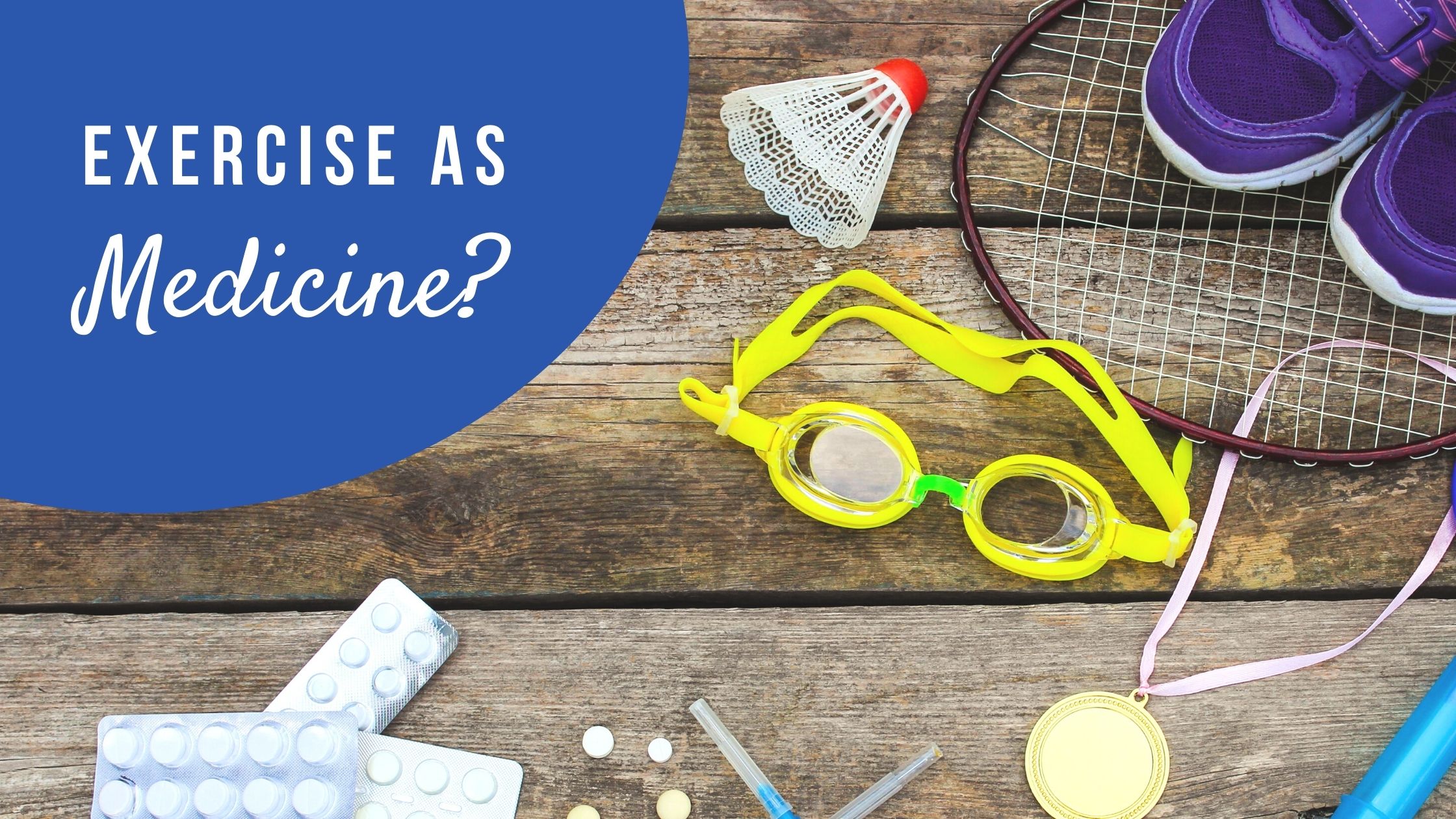Exercise is good for you. These words have been a medical mantra for the last 40 years, but the adage is still as fresh as ever. As life expectancy climbs, many people survive into their 80s, 90s, and beyond. Better medicines and safer procedures can largely be thanked for the added years. But exercise maybe the key to why some people not only survive but also thrive in later life.
In an effort to pin down the life-lengthening value of physical activity, researchers evaluated 30 years’ worth of cardiovascular health data collected from over 16,000 people ages 20 and older as part of the Cooper Center Longitudinal Study. In addition to traditional markers such as body mass index (BMI), cholesterol, blood pressure, and blood sugar levels, they added into the equation a measured fitness score based on treadmill test results. What they discovered was that while the rate of cardiovascular-related deaths rose in a familiar pattern against the traditional risk factors, the individuals with the best treadmill test scores were 18% less likely to die within the following 30 years than people at the lower end of the fitness spectrum.
In a nutshell, the more exercise you get, the better off you will be, as long as you don’t hurt yourself. That said, any physical activity is better than being sedentary. Exercise has a cumulative benefit. Over 30 years, people who exercise regularly have very different outcomes than people who give it up after 10 years, Dr. Forman emphasises.
Mountains of research attest to the fact that as little as 30 or even 15 minutes of moderate-intensity activity most days of the week can help lower your cardiovascular risk. Moderate-intensity activity includes brisk walking, swimming, and mowing the lawn. If you have physical limitations such as arthritis, poor vision, or balance problems, the key is to find a pattern of exercise—swimming, dancing, or lifting jugs of milk—that is within your capacity and that you can stick with.

